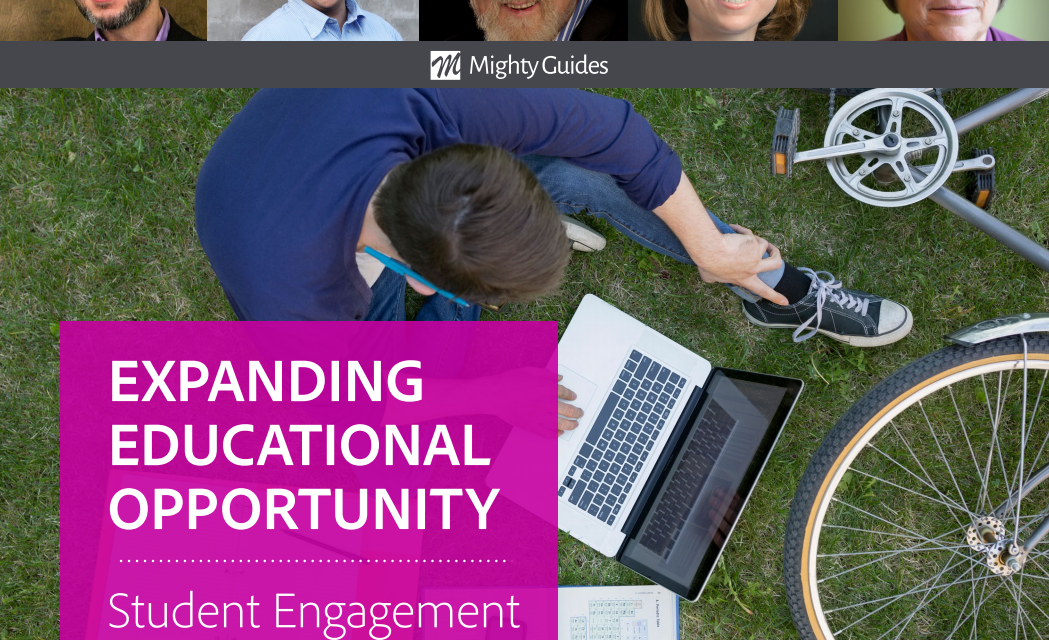The book includes insights from the following experts:
- Keith Hoell, Briarcliffe College, Director of Online Education, Technology Training Increases Access To Education >>
- Thomas Murray, Alliance for Excellent Education, Director of Innovation, Classroom Technology Should Facilitate Active Learning >>
- Martha Kanter, NYU & College Promise Campaign, Executive Director, Tech Guides Pathways For Student Success >>
- Lauren Erardi, Quinnipiac University, Director of Academic Technology, How Lecture-Capture Technology Supports Student Learning >>
- Larry Johnson, EdFutures, Founder and CEO EdFutures, Scale Beyond Benchmarks to Achieve Success >>
Expanding Educational Opportunity was generously sponsored by Blackboard.
We’ve spoken with 20 educational leaders to learn more about how institutions tap technology to improve education and make it available for all students, including those with differing abilities. We asked them the following question:
Please share a specific story (or perspective) about how you or your institution used technology to provide greater access to students with specific needs (e.g., physical disability, location, or inability to get to campus.) What key piece of advice can you offer to someone else trying to implement your approach?
A generous partnership with Blackboard makes it possible for us to share with you experiences that institutions have had implementing these technologies, how they’ve worked to overcome problems, and the outcomes they’ve seen from those efforts.
These experts offer their perspectives on challenges, successes, and lessons learned. They discuss everything from design and development strategies to the changing role of higher education and educators. Most of these professionals agree that when you expand availability to education by using accessible technology, whether it is video captioning, text to speech, or more advanced technologies, even students who don’t identify as having disabilities use these services and that they increase student success rates and improve learning overall.
I trust you’ll find these experts’ successes and advice useful and that after reading this, you’ll have solid strategies to help advance your use of technology to broaden access to education for all students.



